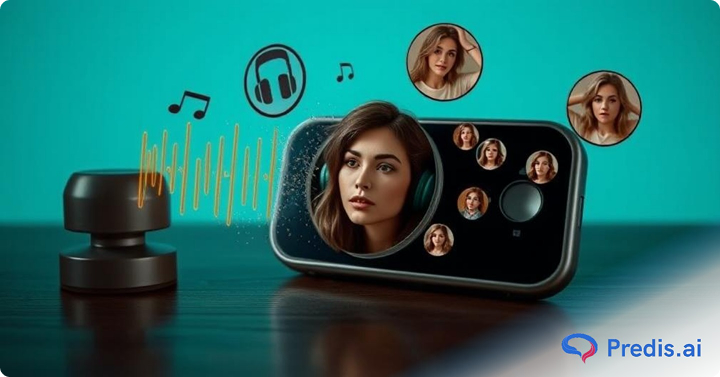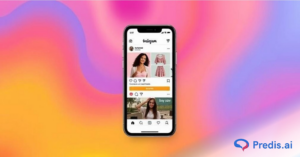Ugh, enough with these social media formats already.
If this was your first reaction upon reading the title, or when you first heard of Clubhouse, you’re certainly not alone. A lot of people believe the social media space has become too crowded, with new entrants and new features by existing entrants being introduced simultaneously. This burnout is not surprising at all, considering we’ve all been home for the better part of the last year and a half, interacting with our friends and peers virtually, rather than physically.
As someone who’s also burned out, allow me to convince you that the social audio format is one that you should absolutely consider exploring.
As of now, the implementation of this format varies by app, but the general concept is the same. They allow you to create/join rooms where users can interact remotely, using audio only; they don’t have options to turn on your videos. Generally, they are also more heavily moderated than the likes of Zoom and Microsoft Teams. This has huge implications for social media marketing.
Let’s discuss the 3 most popular platforms for social audio.
Clubhouse
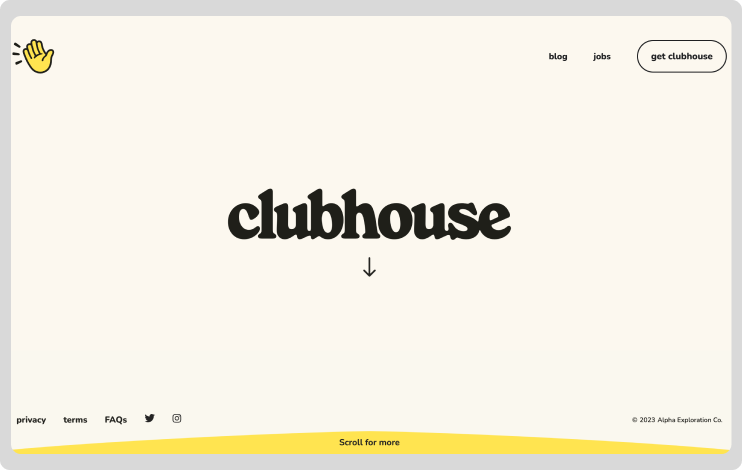
If you’re on ANY social media platform, you’ve probably heard of Clubhouse. The Clubhouse craze was like a wildfire in May and June after it launched on Android. This was over a year after its iOS launch and its user base is still growing at a rapid pace. What does Clubhouse do exactly, though?
I like to think of Clubhouse as a live, interactive podcast with exclusivity. For a while, you could only join Clubhouse if you’ve received an invitation, however, that is not the norm anymore. Basically, there are chat rooms within the app. There are public rooms related to different industries, companies, professions, public figures, current events, or even music genres (listening to jazz with other people virtually is admittedly a super chill experience). In most of these rooms, you can only listen to a live conversation between a panel or a conference. Some of them give you the option of raising your hand, so the moderator can enable you to speak. Again, you can’t turn videos on.
Twitter Spaces
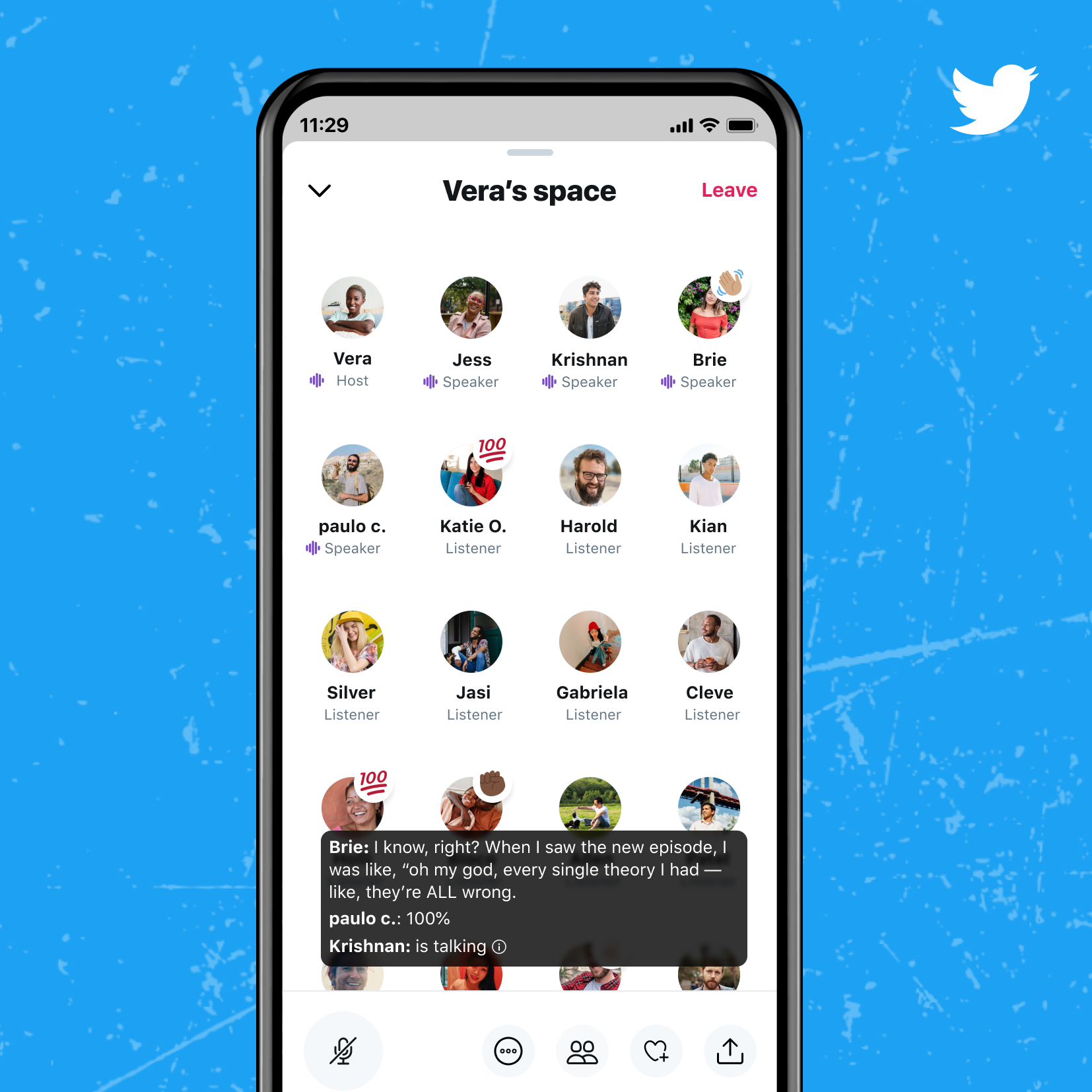
Often dubbed as a Clubhouse-copy, Twitter Spaces is actually a very strong proposition by itself.
You can create a public space if you’re on Twitter, and have over 600 followers. You can invite people to speak in the Space, and your followers will be able to see your Space where Twitter Fleets used to reside (RIP Fleets, you’ll be missed). Once you create a space, any Twitter user can join. In the company’s own words, this is “a small experiment focused on the intimacy of the human voice.” Whatever you say, Twitter.
As a moderator, you have full control over who can speak. Even though you may choose not to invite everyone in your Space to speak (only 11 speakers are allowed at any particular time), they can still react with emojis.
Facebook Live Audio Rooms

This one is the newest player in the game. Facebook announced their audio platform, Facebook Live Audio Rooms, and this started rolling out to users on the summer solstice, 2021; a little over 2 months back. It probably hasn’t received the attention that Facebook was hoping for, but it works similarly to other apps mentioned here. The differences are in the details. For example, unlike Clubhouse, Facebook Live Audio Rooms don’t have a cap on the number of people in a room. Facebook also allows you to select a nonprofit/fundraiser to show support for during the chat; there will then be a button that users can click to donate in a jiffy.
Spotify Greenroom
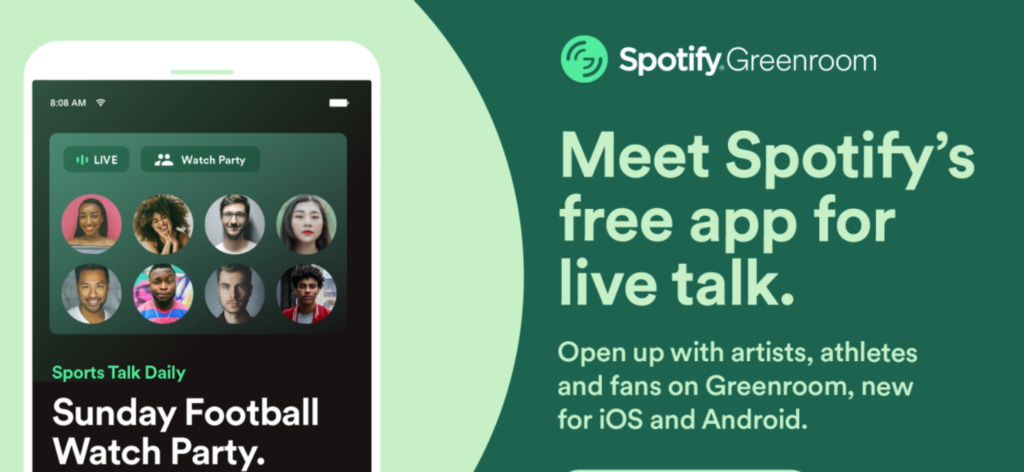
It makes sense for one of the most popular audio streaming services worldwide, to introduce their own competitor to Clubhouse. The fact that most people are already acquainted with Spotify’s user interface, gives Greenroom an advantage over Clubhouse.
So, what are the differences between Spotify’s offering and Clubhouse?
Most importantly, the topic of conversations on both apps are very different, and this is apparent as soon as you open Greenroom. Here, topics are focussed more on pop culture than business/industries. This immediately makes Greenroom more appealing for casual listening.
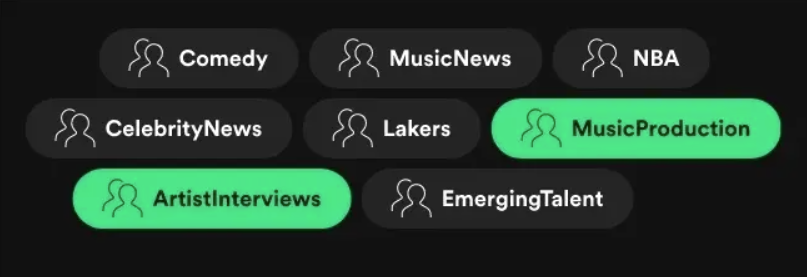
Spotify chat rooms also have one host, speakers and listeners each, which Clubhouse chat rooms can have multiple ‘moderators.’ Also, for obvious reasons, Spotify has more established connections with musicians and artists, which can help kickstart the creator program for the Greenroom platform.
Why audio chat apps are getting popular
Social media users are pretty split on whether or not social audio is just a fad that’ll disappear soon. To make a conclusion, we’ve first got to realize why they’re getting so popular.
The ability to multitask
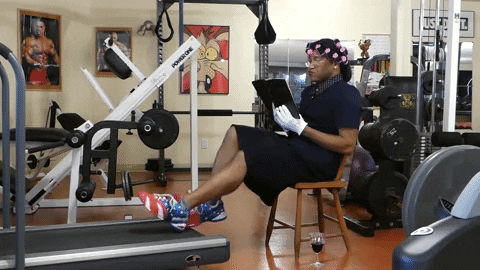
The AV format in video conferencing apps is great, and a wider gamut of information can be shared. However, you don’t always have the need to share information of this sort (the likes of Zoom and MS Teams still remain the most solid options for lectures and formal meetings).
On social audio, however, people don’t have webcams on or screens shared. Thus, there is no obligation to stare at the audio room screen while you’re listening. This means you can tune in to an audio room while working out, on your daily commute, or when you just want to kick back with a beer.
Some people even admitted to joining audio rooms in the shower, but I’m not going to comment on that. Point is, you can be doing virtually anything else while passively listening to an audio room.
What’s great is that people are used to doing this with podcasts. An increasing number of people listen to podcasts during their morning jogs and commutes when they’re bored of music or need a change. This familiarity means that audio rooms will potentially not take long to catch on.
No room for spam or unproductivity
If you’ve been a part of Zoom calls (if you haven’t, please let me know what’s your secret!), you would have noticed a lot of general distractions from the main topics of discussion. There is always that one person with the annoying construction noises or crying babies in the background; also, is it just me, or are these people somehow always the last ones to mute themselves?!
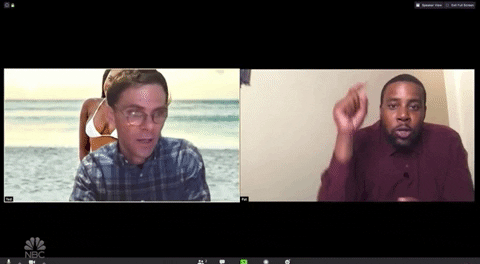
If not background noises, there are still disturbances when people are having network issues or having trouble logging in/screen-sharing, etc. Sometimes, participants even start tangential conversations amongst themselves that are of absolutely no importance to you. Ugh.
Even on community groups on platforms like Facebook, there’s usually a lot of spam with people pushing unrelated posts or blatant self-promos.
On social audio apps, there is rarely any room for these annoyances. Rooms are generally heavily moderated, and users in the room can only participate if you give them permission to do so. You also have the power to mute current speakers if they are off-topic, or kick them out at will. This allows for productive, to-the-point conversations that go exactly in the direction you want them to.
Social audio plays on FOMO

When IG Live was launched a few years back, it was a smash hit. While there were several reasons for this, one of them was the now or never factor. Instagram users joined live videos of accounts they were following knowing that it may not be on their feeds later. Basically, because of the FOMO effect.
It is not very different in the case of social audio. Discussions in most audio rooms cannot be saved, and you have to be there to consume all the information discussed. When users join groups representing their topics of interest, and there is an ongoing discussion, there is an urge to join so as to not miss out on the discussion. This could be a major reason why early adopters of social audio are so hooked on the platform.
Challenges for brands on social audio
Uncertainty about the directions of chat room discussions
Social audio chat rooms are usually heavily moderated. However, most apps still provide listeners with the ability to raise their hands when they want to speak. This raises a lot of opportunities for brands, as it helps their followers potentially clear their misconceptions.
However, it also poses major uncertainties. Before starting to moderate a chat room, brands would ideally have a certain direction in mind that they would like to take discussions. However, when the discussions are opened up to listeners, discussions could veer off the track VERY quickly. Volunteers could go to the extent of asking about sensitive topics that brands would be unwilling to discuss.
For example, in the 1990s, Nike’s unethical production practices were exposed to the world, and everyone was shocked about their use of child labour, unfair wages, sweatshops etc. Even though they apologised to the public soon after, and have reportedly improved their practices since, they are still hounded by questions about this in interviews and press conferences.
For this reason, extra caution and preparation are required when moderating an open discussion.
Variability of learning styles
There is a lot of variability in how effectively people process information that is given to them. There are widely 4 learning styles: visual, kinesthetic, auditory, reading/writing. Social audio apps will appeal to the auditory learners who process information best by hearing it out loud.
However, this 2019 research paper suggests that visual learners make up 65% of the global population. Naturally, conventional social media websites like Facebook and Instagram will appeal to these people, at least more so than audio apps.
What’s worse for social audio, is that platforms like Instagram aren’t solely photo-oriented anymore. Videos that would appeal to all kinds of learners have been gaining in popularity. This more universal way of processing information poses a real challenge to social audio apps.
The low-down
Where does all this leave us?
Essentially, if you have severe Zoom fatigue as I do, consider checking out social audio. There is no obligation to participate or stare at a screen so it’s a more freeing, less exhausting way of consuming information.
Of course, this also has strong social media marketing implications. If you’re a marketer, you should be the first to jump onto a hype, and social audio in particular presents a great opportunity to talk about your brand. Join groups related to your industry, and request moderators to share your ideas. As this format grows in popularity, your messages will be better heard. You can also make your own groups to talk to your customers and prospects!
As for the future of Social Audio, I’d say it remains uncertain for now. In the West, there is a big podcast culture, so people in this region might take less time to adapt to the new platform. In Asia on the other hand, podcasts aren’t huge yet, so they may take their own time to get the hang of social audio.
Regardless, it is a very promising concept.
Also, if you’re a social media manager stuck in writer’s block, don’t forget to check out Predis.ai‘s all-new AI-generated Content Calendar! Just add your industry and a one-liner about your business, and Predis will generate a personalized content calendar for your handle with fresh ideas and captions!


